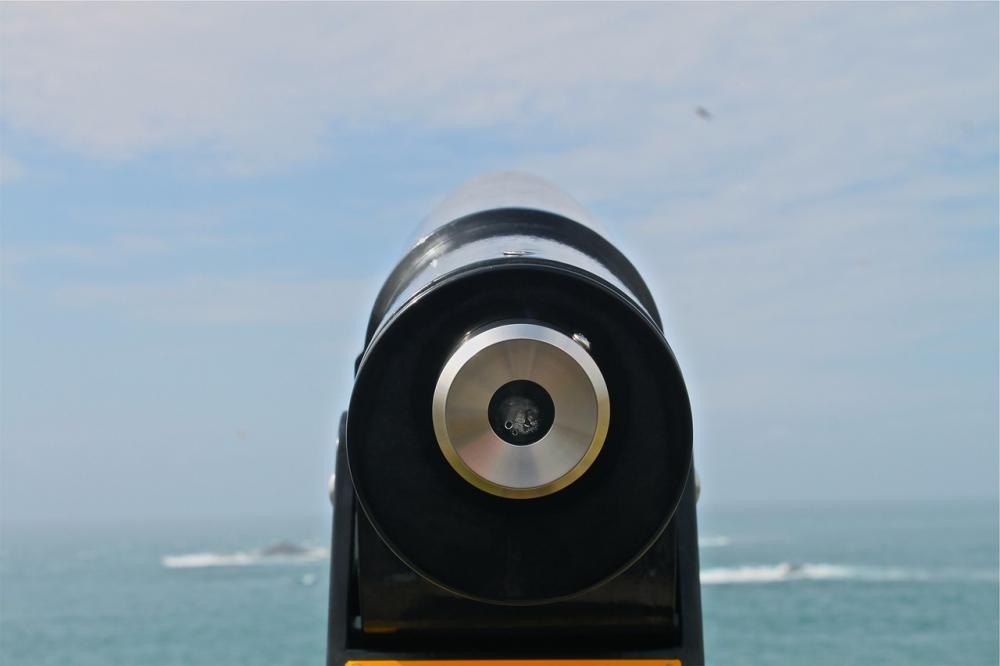BNY Mellon: Bear Traps & Lines in the Sand
BNY Mellon: Bear Traps & Lines in the Sand

By Simon Derrick, Chief Currency Strategist, BNY Mellon
By Simon Derrick, Chief Currency Strategist, BNY Mellon
The CNY story remains fascinating - in particular, the slow yet steady pace at which it is losing ground against the USD (even taking into account the move seen in the past few hours). It’s therefore worth thinking a little further about the next few weeks.
Should the pace of gains seen since late August be sustained the USD should reach the key CNY 7.00 level in around seven or eight trading days. While there are perfectly good arguments why the CNY could ultimately be permitted to weaken beyond this key level - and that the PBOC may even be thinking the same thing itself - there are also good reasons why the authorities might not be comfortable allowing that to happen next month.
At the top of the list is the idea that Beijing might not wish to muddy the water ahead of the expected meeting between President Trump and President Xi at the G20 summit in Buenos Aires at the end of November. Indeed, it’s worth noting that Premier Li reiterated at a conference last Friday that China wouldn’t engage in a competitive devaluation of the CNY. It’s also worth remembering PBOC Deputy Governor Pan’s warning comment last Friday.
If a defense of the CNY 7 level is be mounted then the question is what form this might take. One approach is to adopt a “line in the sand” defense. With just over USD 3 trn in FX reserves that’s clearly possible. However, the history of this kind of approach is less than stellar.
As one example of this it’s worth recalling the MOF/BOJ’s futile attempt to defend the JPY 115 level in the first half of September 2003 when they bought over USD 38 bn of JPY in just over two weeks - a huge amount for the time. What was notable was that as the market became used to the presence of the BOJ the impact of their actions became increasingly muted with investors ultimately just using the intervention as an opportunity to buy cheap JPY (see chart above).
A more effective strategy (at least in the short term) has been the “bear trap”. Again Tokyo provides a good example of this.
The third quarter of 1994 had seen the authorities intervene intermittently to try and stabilize the JPY. However, in the second half of October the USD began to come under more sustained pressure despite steady JPY selling by the BOJ. By November 2 the USD had fallen from around JPY 100 to JPY 96.00, its weakest level ever. By this point it was very clear that the authorities would intervene again.
What was not clear was how hard they would hit, authorizing the purchase of about USD 1.1 bn (over 10 times the amount purchased the previous day) in several waves during the late New York morning and driving the USD up JPY 2 (see chart below).
Although the JPY 96 would ultimately be broken four months later, this action (along with more modest intervention the following day) provided Tokyo with a surprisingly long lasting reprieve from JPY strength.
In short, “bear traps” do work.
